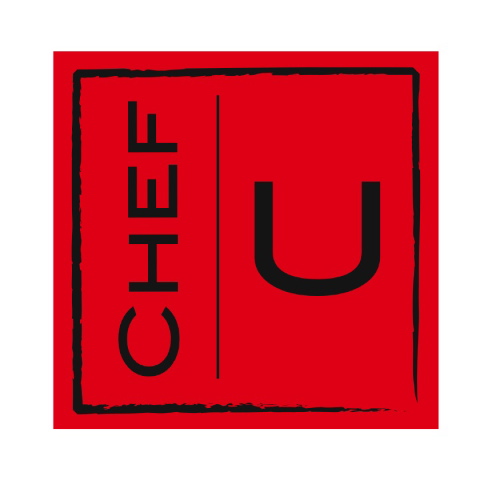Why is branding so important to restaurants? Whether you have one restaurant or a start up chain, branding is the beacon that your employees, customers and managers follow. As an operator, you don’t want the brand to be defined by the consumer. You must think about what your brand is. According to the blogger, Seth Godin:
“A brand is the set of expectations, memories, stories and relationships that, taken together, account for a consumer’s decision to choose one product or service over another.”
In a restaurant you’re not just selling great food, you’re selling a branded experience. In order to effectively communicate with your customers, you need to have a clear picture of your brand identity.
Here are 10 critical elements for restaurant branding:
- Define the principles of your brand
Define the guiding values that inform and shape every decision.
- Create the narrative of the ideal guest experience
Recognize the real reason your customers are buying your brand. It’s not about the tangibles, it’s about the emotion and desire.
- Establish the commitments that are the foundation of your brand
Go deep, what gets you out of bed everyday? Most brands are driven by individuals with personal stories that fuel company values. Profit is rarely the prime reason.
What is your story?
What are the promises do you make to your customers?
What benefits are you offering your customers?
What experiences do you want your customer to have?
Not just the physical, the imaginary experience too. Bring it to life.
- Understand what your guest and employees bring to the table
The people in your brand are essential. You can teach skills but not values. Uncover your guest’s expectations when choosing you over another brand by getting feedback. Define and communicate what each member of your team brings to the guest experience.
Design your brand with a distinctive WOW, either in your atmosphere, hospitality or presentation. WOWs can be tangible or emotional. This is where the power of your story is shown.
- Be intentional with the equipment and elements within your space
Does it further your story and purpose?
- Decide what you’re worth based on your guests experience, not just the product or service
Prepare a comparative chart of pricing with direct competitors.
- Seek Buzz, scripted or not
Evaluate what avenues are available and in tune with your brand
- Recognize, reiterate and reward
Reward the right behaviors every shift, every minute. Empower your employees to engage and do whatever it takes to serve the guests purpose.
The most remarkable brands are innovative, focused, passionate, consistent, adaptable, motivating and distinct. You owe it to yourself to make sure that your brand is built with these same traits. Then live it!
Originally published 4/3/13

